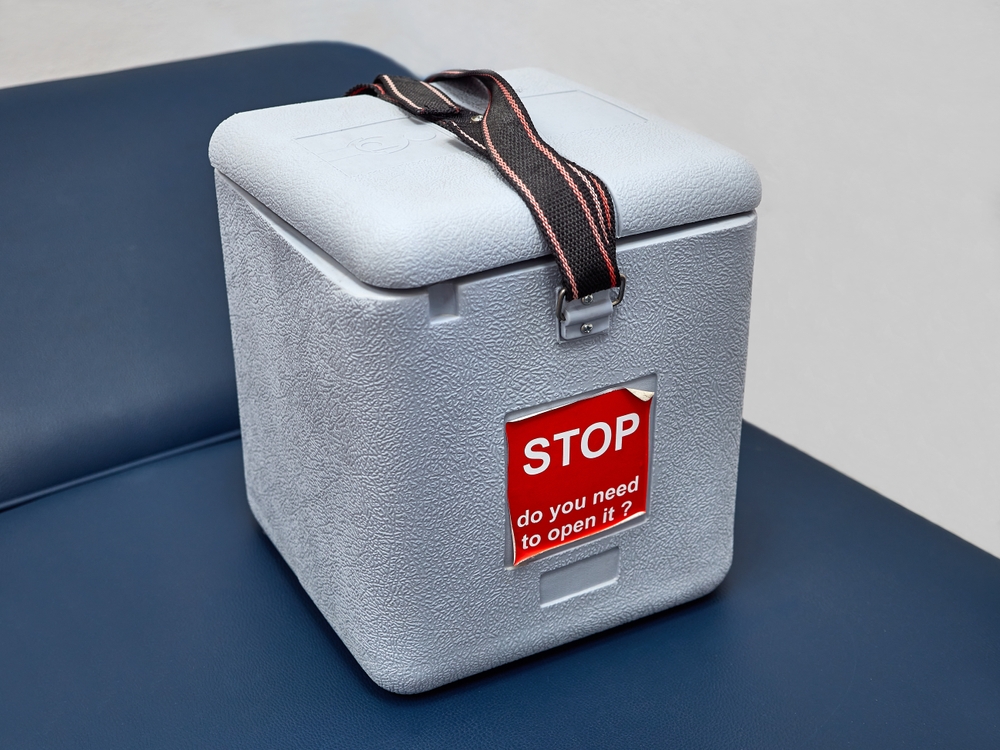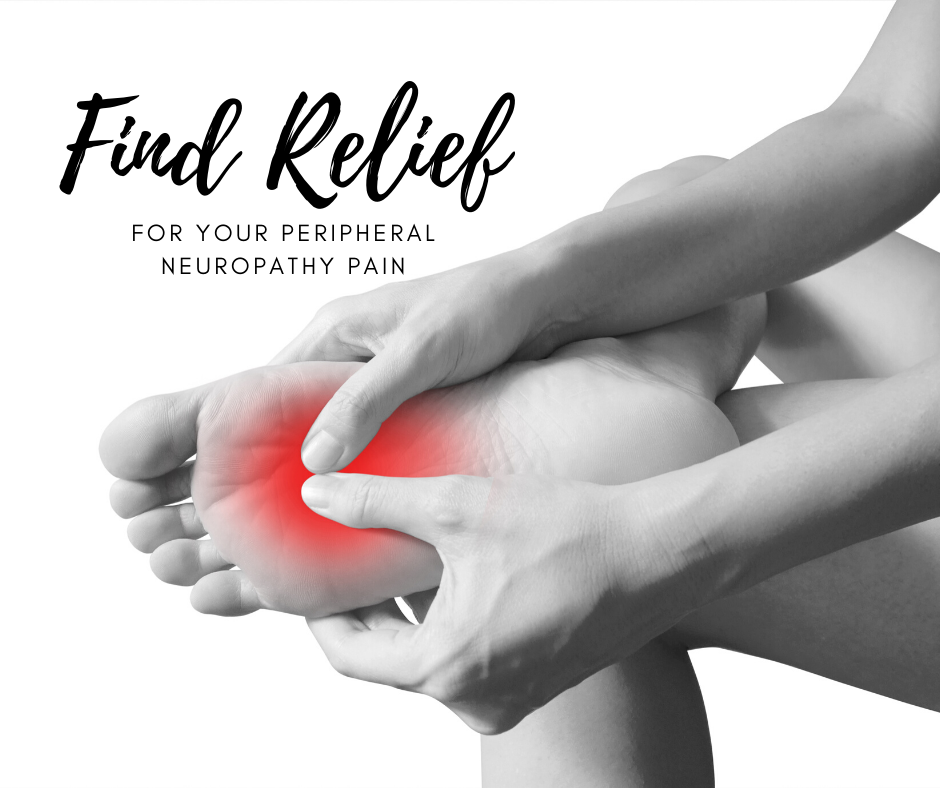There’s a big world of regenerative medicine out there, promising new treatment options for those with chronic conditions and difficult-to-treat diseases, and that is the stem cell.
What are stem cells? Stem cells are our body’s master cells. If one of your specialized cells (muscle cells, white blood cells, etc) get damaged, or diseased, it’s stem cells that step up to the plate and fill in the missing gaps.
This is because stem cells can differentiate into other cells. True embryonic cells can become any cell in the human body, but even adult cells can become other cells. They can become other cells as needed, and stem cells themselves are self-replicating. This means our bodies can easily repair damage head to toe.
Of course, we still only have so many stem cells at any given time, which is why stem cell treatments are so effective. If you want to give your body as much as it can to successfully heal from an injury, or you want to give your body greater access to tools to combat a chronic or even degenerative condition (including age) then stem cells are increasingly being turned to as the way forward.
Now, the only treatment that’s currently covered by the FDA is a bone marrow transplant. These cells are chosen as they’re wizards at producing new blood cells. Not only that, but bone marrow taken from your own body has no risk rejection. Rejection means that your white blood cells attack the donated stem cells, rather than working with them to help you heal and recover.
Elective treatments, on the other hand, are analogous, which means that you get the stem cells from a donor. These stem cells can also be used for producing new blood cells if needed, though elective treatments mostly focus on rebuilding cartilage, tendon or bone.
Now, if we waited to acquire stem cells until a patient needed them, treatment times would just sky rocket, and the waiting lists would be miles long. That’s why it’s so important to get stem cells in advance. Since they’re prepped beforehand, you may be wondering how they’re moved, and whether it’s safe to get stem cells.
Before we can get into how are stem cells transported, we first need to understand what the stem cell processing steps look like:
Why We Need Stem Cells in Advance
The reason why we need to get stem cells from a donor in advance is because here at Bioxcellerator they are fully processed between stem cell extraction and injection.
1. Donor Selection
The donors that are chosen to donate stem cells are all screened and pre-selected. If someone has a condition that excludes them, then they won’t be able to donate their stem cells. This applies to all types of donation, from umbilical cord to bone marrow. Or course, the bone marrow donor would, in most cases, either be you or a close family relation. For other treatments, however, donors can be from anyone.
2. Cell Extraction
The next step in the stem cell transplantation process is to extract the stem cells from the donated tissue. This can be done from a blood cell, Wharton’s jelly, fatty tissue, or almost any other cell.
3. Cell Screening
All cells are then screened, where any diseased or damaged stem cells are removed from the collection, to ensure that all the stem cells used in treatment are of the utmost quality. We also check for specific proteins and genes that research studies have identified as being key for treatment success. This extra screening in advance is just one of the reason why the stem cell therapy cost is what it is.
4. Cell Purification
Cells are then purified and expanded (since they self-replicate). This way a stem cell from a single blood cell can be expanded so patients have access to more readily available and safe stem cells when they need. With the purification process, we can prepare millions of high-potency cells, and get them all primed and ready for purification. Don’t worry, however, as all the cells are screened again after this expansion stage.
5. Frozen for Storage
Once the cells are expanded and screened, they are safely stored in a cell bank until they are needed.
Conditions for Travel
All stem cells have a limited lifespan outside of the body or lab. That’s why it’s so important to keep them frozen until they are needed for treatment, or, in the case of a bone marrow transplant, the marrow donor needs to either the patient themselves, or at least nearby.
To keep the cells in as top condition as possible, they must be:
- Kept frozen, or within 2 to 8°C in specialized containers that ensure temperatures never exceed the limits.
- Transported quickly, ideally with less than 24 hour travel time.
- Secured, so that they arrive safe and whole.
With those conditions in mind, let’s get into how stem cells are transported:
How are Stem Cells Transported?
You may be wondering just how stem cells safely get from the donor to the lab, and from the lab to you. This is absolutely normal. It’s important to ask questions like, what are stem cell injections. After all, it’s key that you are fully informed before you invest in any elective treatment.
· Air Courier
While the locations we cover are typically central, to make our treatments as physically accessible as possible, this isn’t always possible in the wider world of stem cell treatment. For example, you may need a bone marrow transplant and are currently being treated in a local hospital. If you are using a marrow donor, it’s very important that their cells are screened first.
In this case, where long-distance and time are both factors, air couriers can be used. These specialized couriers get stem cells quickly from lab to patient.
· Ground Transportation
More often than not, stem cells are transported on the ground unless there’s a big reason why they can’t be. Thanks to refrigerated trucks and the ability to safely store stem cells, ground transportation is a preferred choice, particularly for stem cell clinics. Since we have a consultation in advance and book you in for treatment after, we typically have the stem cells transported via trucks to the locations we cover, unless there’s some sort of issue.
· Commercial Flights
In very rare instances commercial flights are used. Stem cells are stored in specialized, cooling containers and brought on short-haul flights to their destination.


